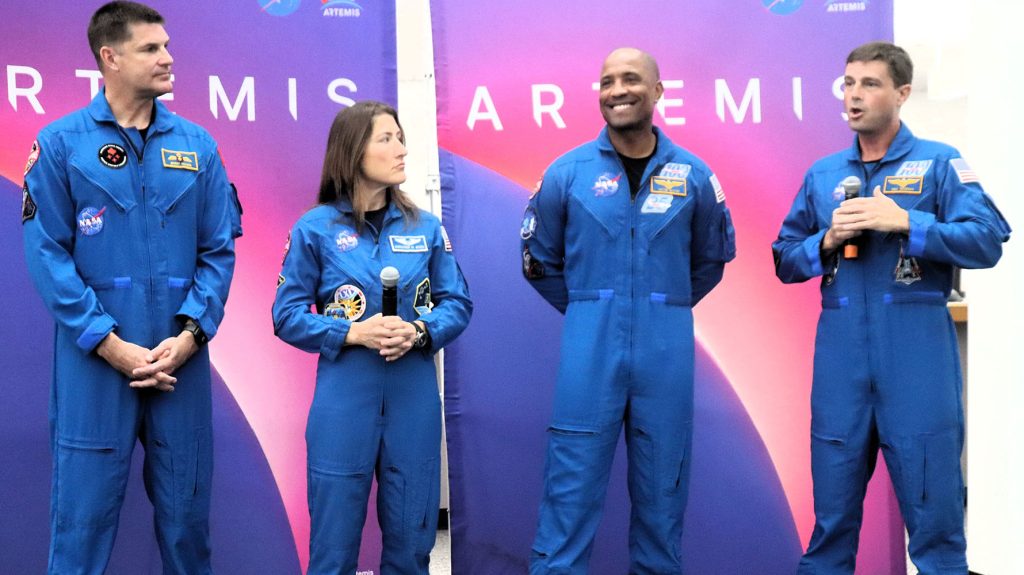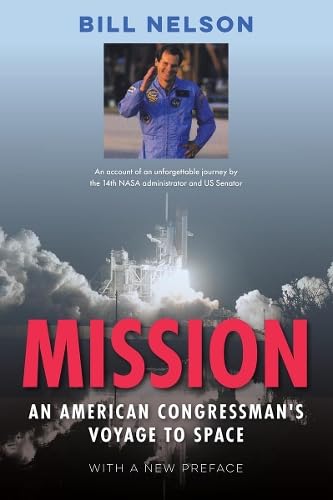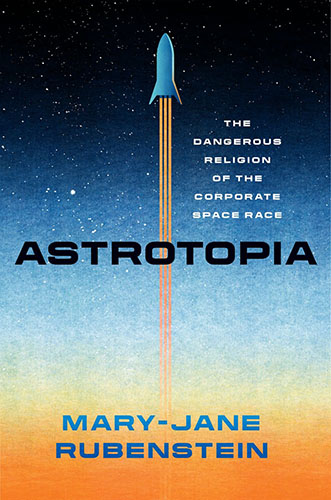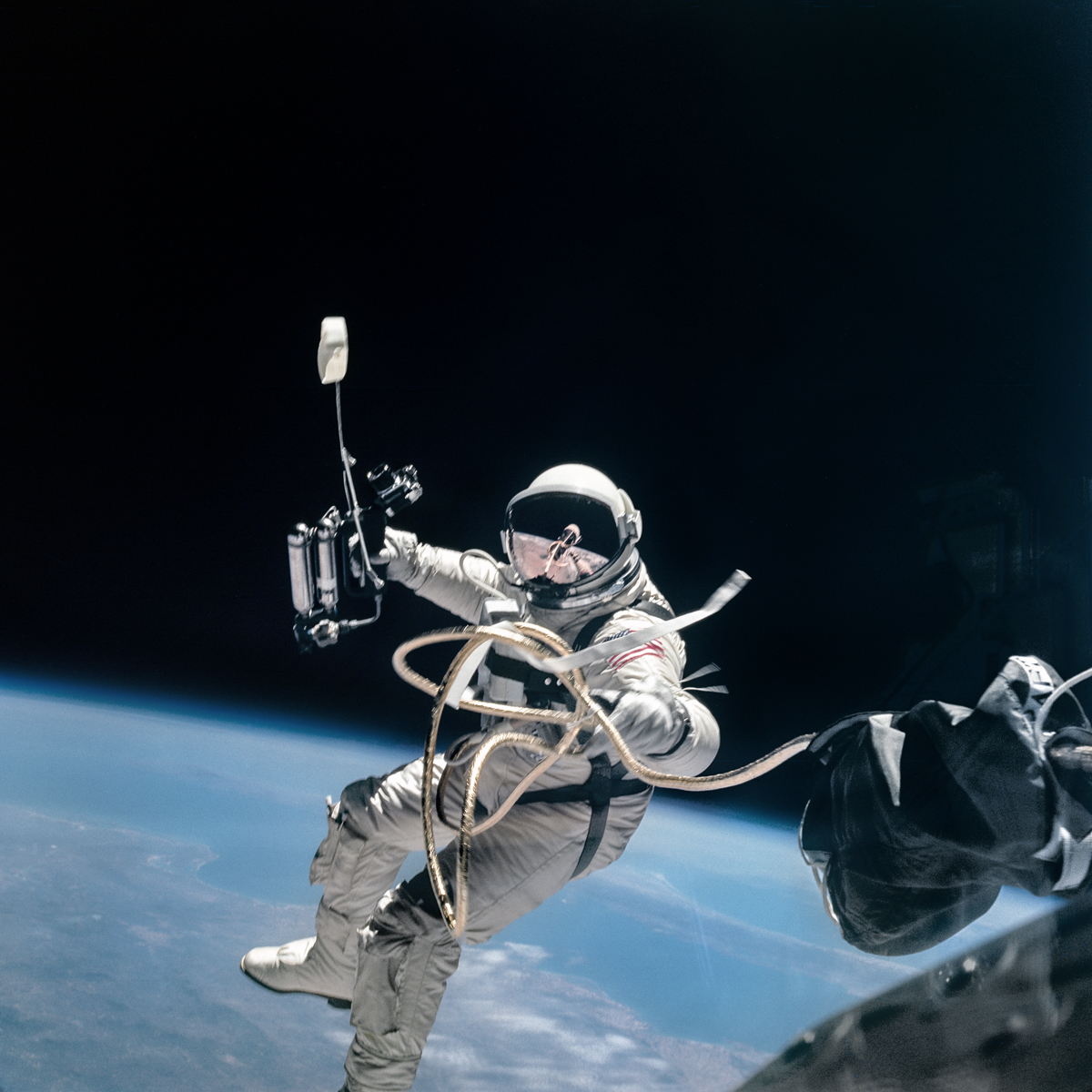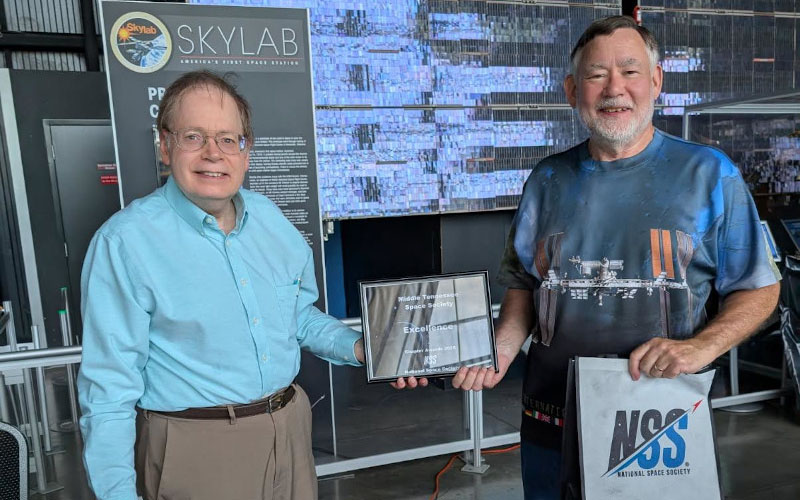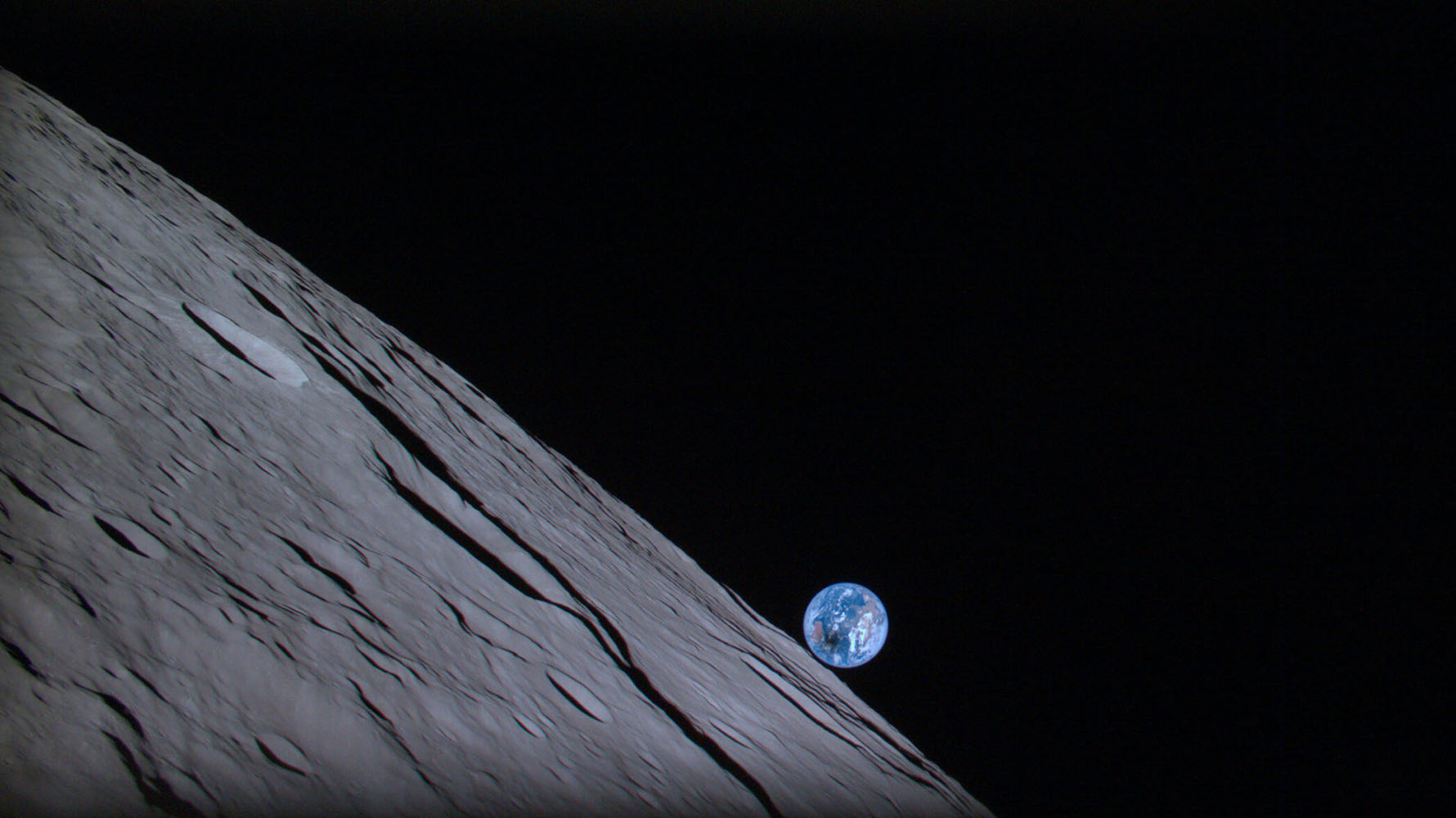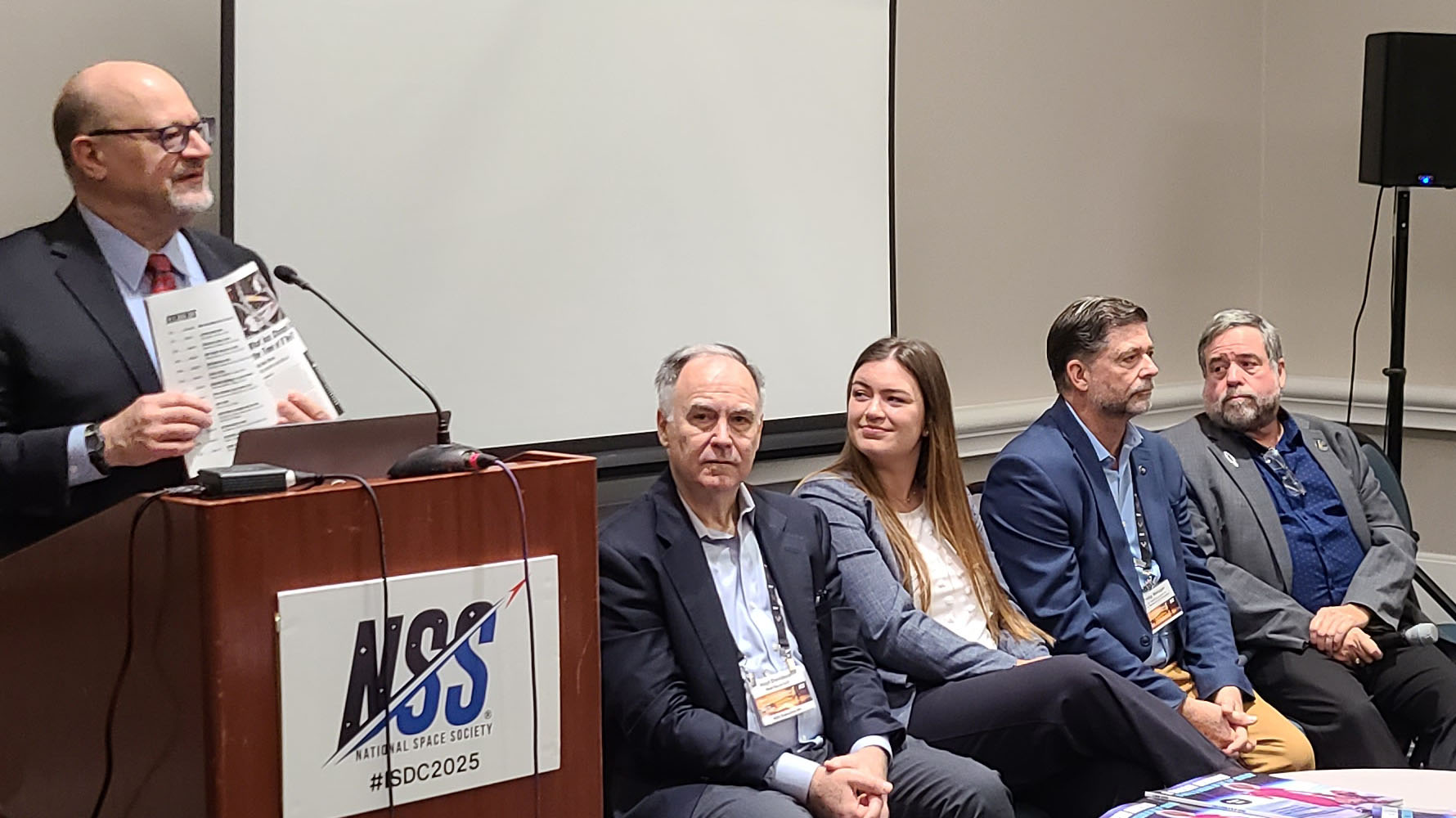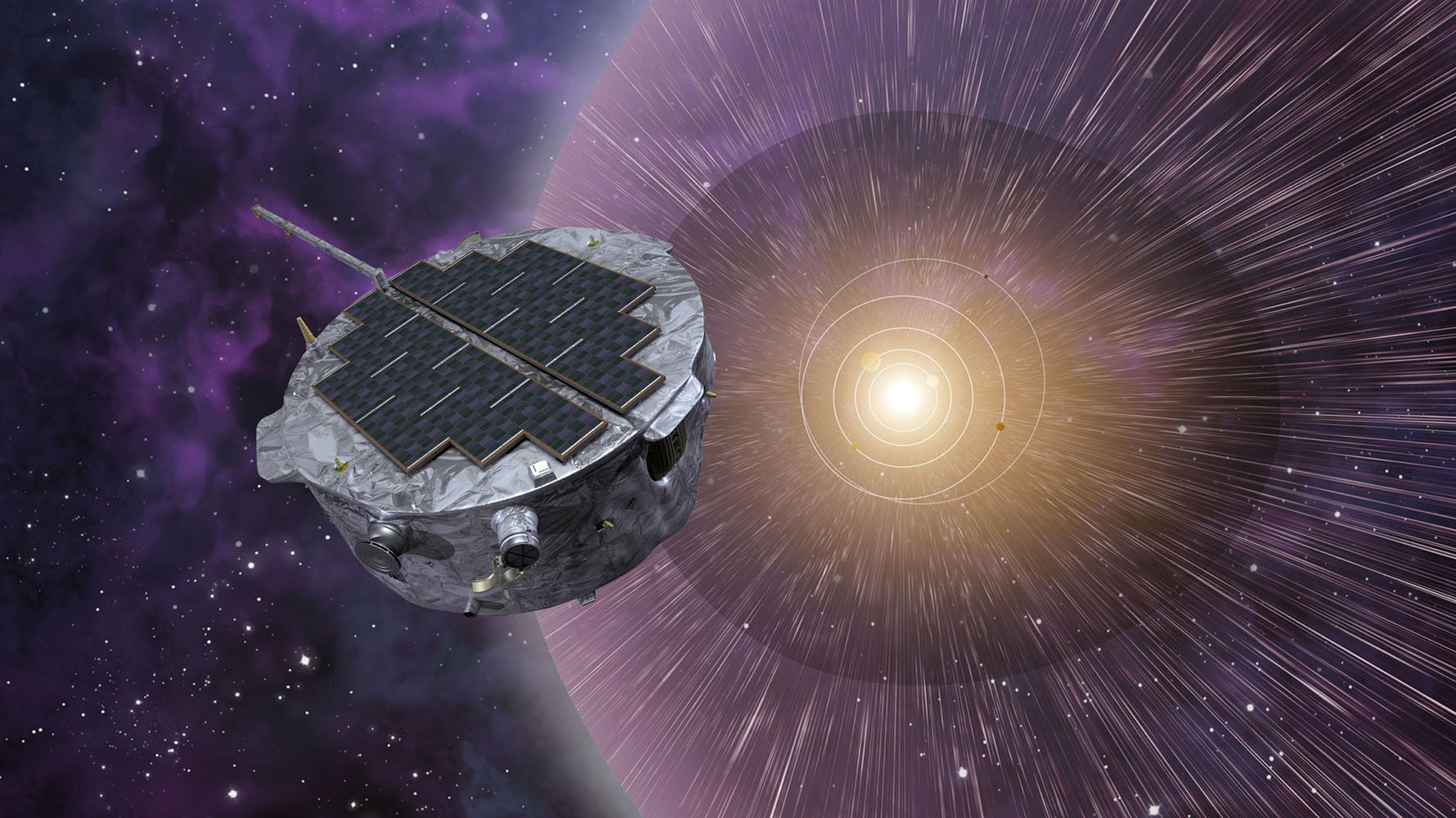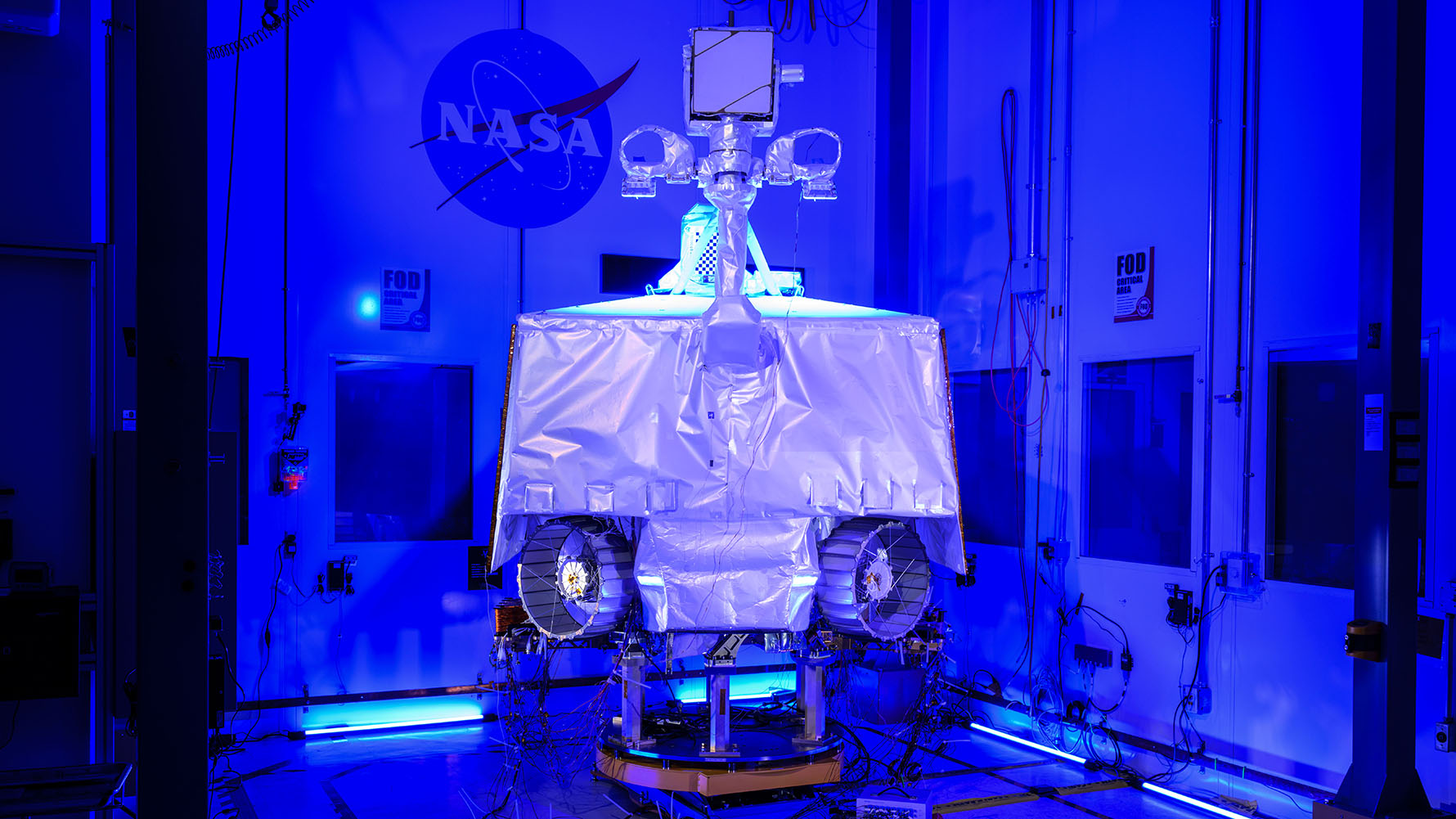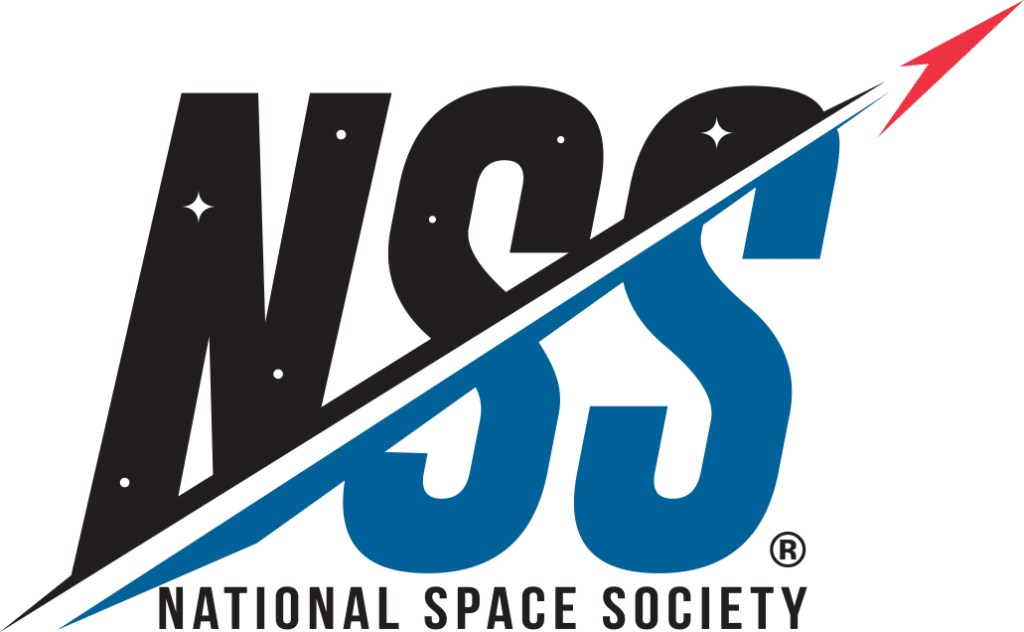Artemis II Crew. From left to right, Canadian Space Agency astronaut Jeremy Hansen (mission specialist), NASA astronauts Christina Koch (mission specialist), Victor Glover (pilot), and Reid Wiseman (commander). Photo by Burt Dicht.
By Burt Dicht
NSS Managing Director of Membership
With the Space Launch System (SLS) rocket and Orion spacecraft awaiting their final integration, NASA’s Artemis II crew recently returned to Kennedy Space Center to take one more step toward their historic lunar journey.
The Artemis II crew—Commander Reid Wiseman, Pilot Victor Glover, and Mission Specialists Christina Koch and Jeremy Hansen—were on-site to participate in a critical milestone: a suited crew test and crew equipment interface test inside the very Orion spacecraft that will carry them around the Moon.
Held inside the Multi-Payload Processing Facility (MPPF), this test allowed the crew to climb aboard Orion in their flight suits, interact with the systems, and assess how the hardware functions and fits in a real mission scenario. It’s a vital step before the spacecraft is stacked atop the SLS rocket inside the Vehicle Assembly Building later this year.
Despite the importance of their training and this test, the astronauts took time for a 30-minute media Q&A—graciously answering questions from those of us already gathered for the upcoming Crew-11 launch to the International Space Station.
Scheduled to fly no earlier than April 2026, Artemis II will mark the first crewed mission around the Moon since Apollo 17 in 1972. But as Christina Koch noted, the team is actively looking at earlier windows—including potential launch opportunities as soon as February 2026.
The crew emphasized the rigorous training they’ve undergone over the past two years—covering mission operations, system interfaces, emergency scenarios, and more. Their message was clear: they are ready. They expressed deep confidence in the Orion spacecraft, the SLS rocket, and—most of all—the NASA and contractor teams preparing and supporting them every step of the way.
When asked about the broader impact of Artemis II, the astronauts spoke passionately about its ability to inspire the public. As Wiseman put it:
“We really think that Artemis is the right program at the right time to get a sustained human presence on and around the Moon—and off to Mars.”
This isn’t just a return to deep space. It’s a signal that humanity is ready to go farther—together. Before concluding, the crew gave a heartfelt shout-out to their Crew-11 colleagues, launching to the ISS on Thursday, July 31. It was a reminder that whether the mission is to low Earth orbit or lunar orbit, every step forward is part of something bigger.
